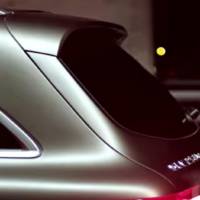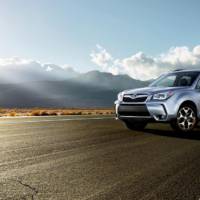As we announced you some weeks ago, Jaguar is helping the Bloodhound SSC in preparing their record attempt to reach the highest land speed on the planet: 1000 mph or 1609 km/h. Jaguar is offering its vehicles to Bloodhound engineers and even tests some of the components Bloodhound SSC will use during its attempt.
Stopping, quickly and controllably, is as important to setting a record as going fast, so Andy Green, the man who will drive the rocket to a new world record, tsted the deployment of the parachute.
The jet and rocket powered car, which aims to surpass the current record of 763.035mph before targeting 1000 mph, has multiple braking systems including air-brakes (‘doors’ mounted on the side of the car which open to increase aerodynamic drag) and disc brakes (used when slowing down from 200mph). In addition, the driver has two back-up parachutes to ensure that the 135,000thp (thrust horse power) vehicle will slow down before the end of its 12-mile track in Hakskeen Pan, South Africa.
To test this system ahead of the car’s first run, Jaguar, a technical partner to the project, fitted it to an F-TYPE R Coupé and ran it on a former military runway to over 180mph before firing the parachute.
Green, who was at the wheel for the test, said: "Bloodhound SSC is fitted with both airbrakes and parachutes to provide guaranteed stopping power under all conditions. Each of these systems is safety-critical and each needs to be tested to ensure it will work safely, every time it’s needed.
Green released the parachute using a cockpit-mounted button, subjecting the F-TYPE to an instantaneous drag force equivalent to one tonne that dramatically slowed the car before Green brought it to a controlled stop.
The test, the second Jaguar has performed for the project following a communications test run with an All-Wheel Drive F-Type R Coupe in South Africa last year, also validated the design of the drogue chute, which is a small spring-loaded chute that deploys, inflates and pulls out the main chute.

16 Jun 2015
0


